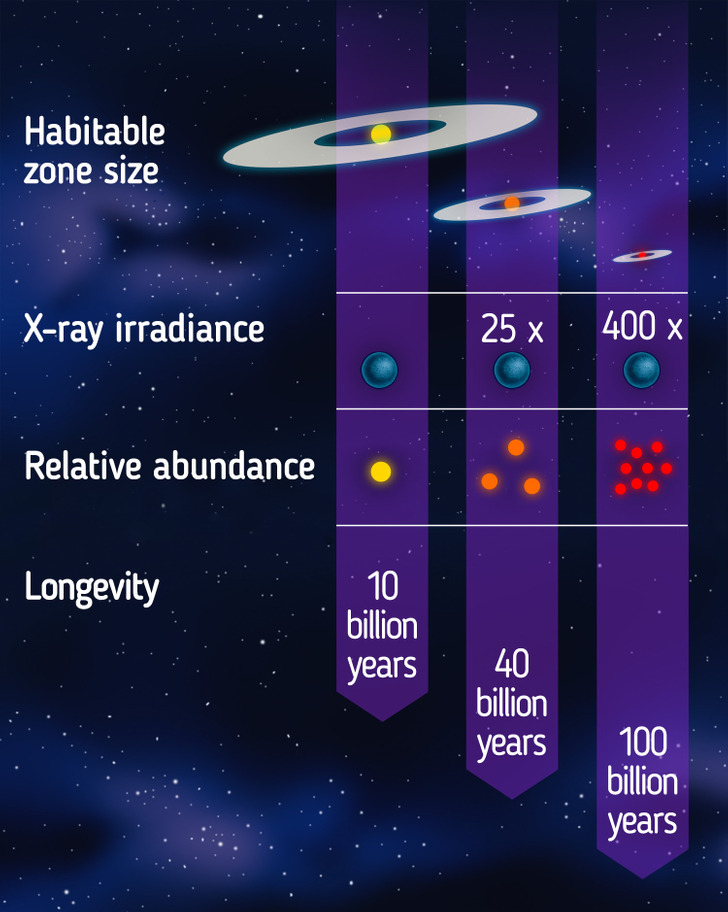How Many Stars There Are in the Sky
If you look at the sky on a starry night, you can see around 6 thousand stars. But that’s only a fraction of what the Universe is hiding from us.
We at 5-Minute Crafts are going to try and answer the question of how many stars there are in the sky.
How to evaluate the number of galaxies

Before counting the number of stars in the Universe, astronomers count the exact number of galaxies. For that, they make detailed shots of small parts of the sky and count all the visible galaxies.
- Scientists concluded that the Universe contains around 2,000,000,000,000 galaxies (2 trillion)
In October 2016, an article in Science suggested that there are about 2 trillion galaxies in the observable universe or about 10 times more galaxies than previously suggested. In an email with Live Science, lead author Christopher Conselice, a professor of astrophysics at the University of Nottingham in the United Kingdom, said there were about 100 million stars in the average galaxy.
When evaluating the size of the Universe, the first difficulty is that it’s unstable, it’s expanding all the time. The second difficulty is that space-time can also bend.
According to some estimates, the mass of the Milky Way is 100 billion solar masses. So, on average, there would be around 100 billion stars in a galaxy. But this number can vary depending on how big the stars are. Besides, according to other opinions, there might be 200 billion stars or even more. And the number of galaxies there are in the Universe can be quite amazing, according to some visualization experiments conducted by the Hubble telescope.
How scientists get exact numbers

The Cosmic Infrared Background ExpeRiment-2 or CIBER-2 mission is the latest in a series of sounding rocket launches that began in 2009. Thanks to these rockets, astronomers can have a peek at what’s going on in the sky.
When it’s above the atmosphere of our planet, CIBER-2 studies an area of the sky of about 4 square degrees — for reference, the full Moon takes up about half a degree that includes dozens of galaxy clusters. The rocket doesn’t count the stars. Instead, it will detect the diffuse, cosmos-filling glow known as the extragalactic background light.
That background light spans a range of wavelengths, but CIBER-2 will focus on a small portion called the cosmic infrared background. The point is to see how bright this light is to try and estimate how many stars there are in a certain galaxy.